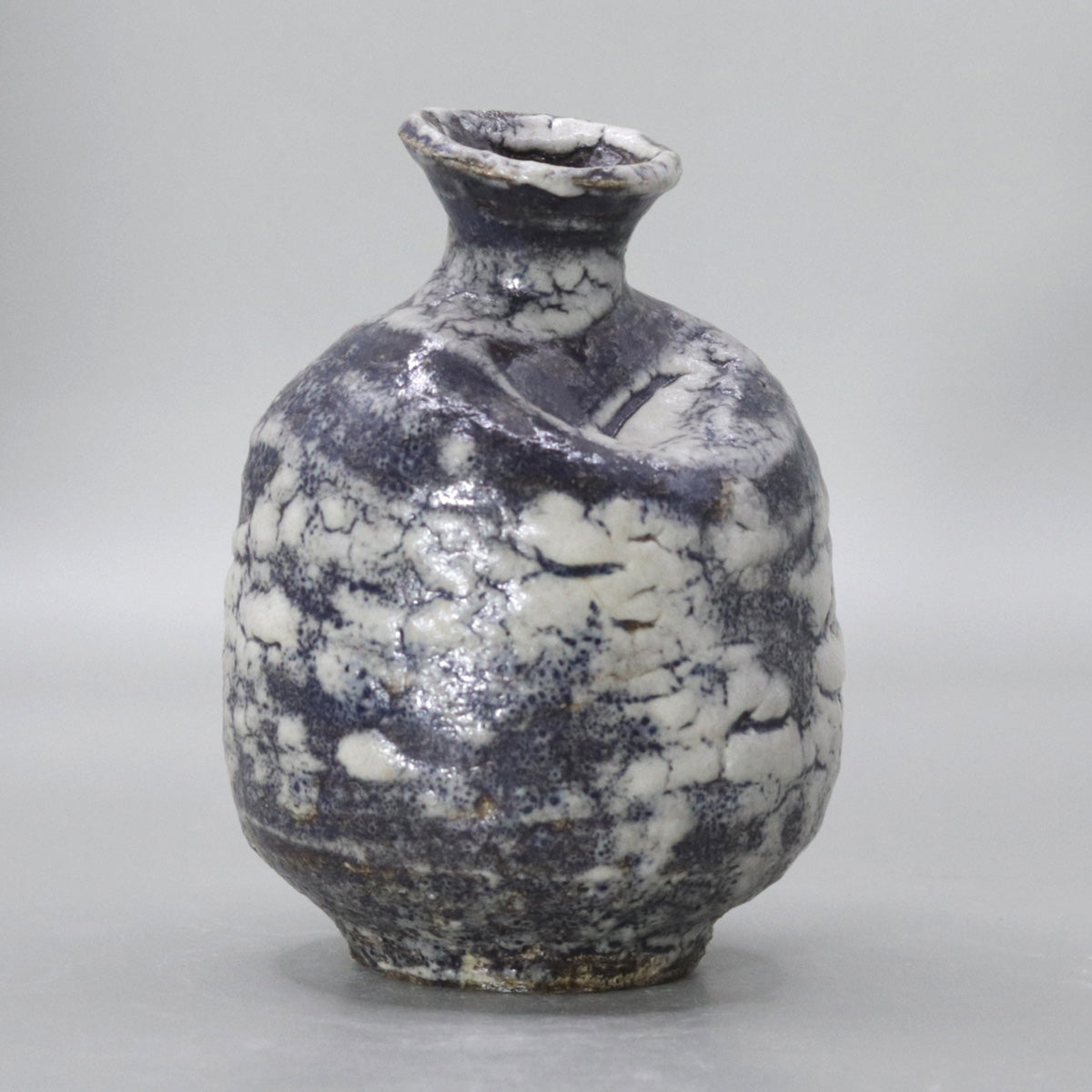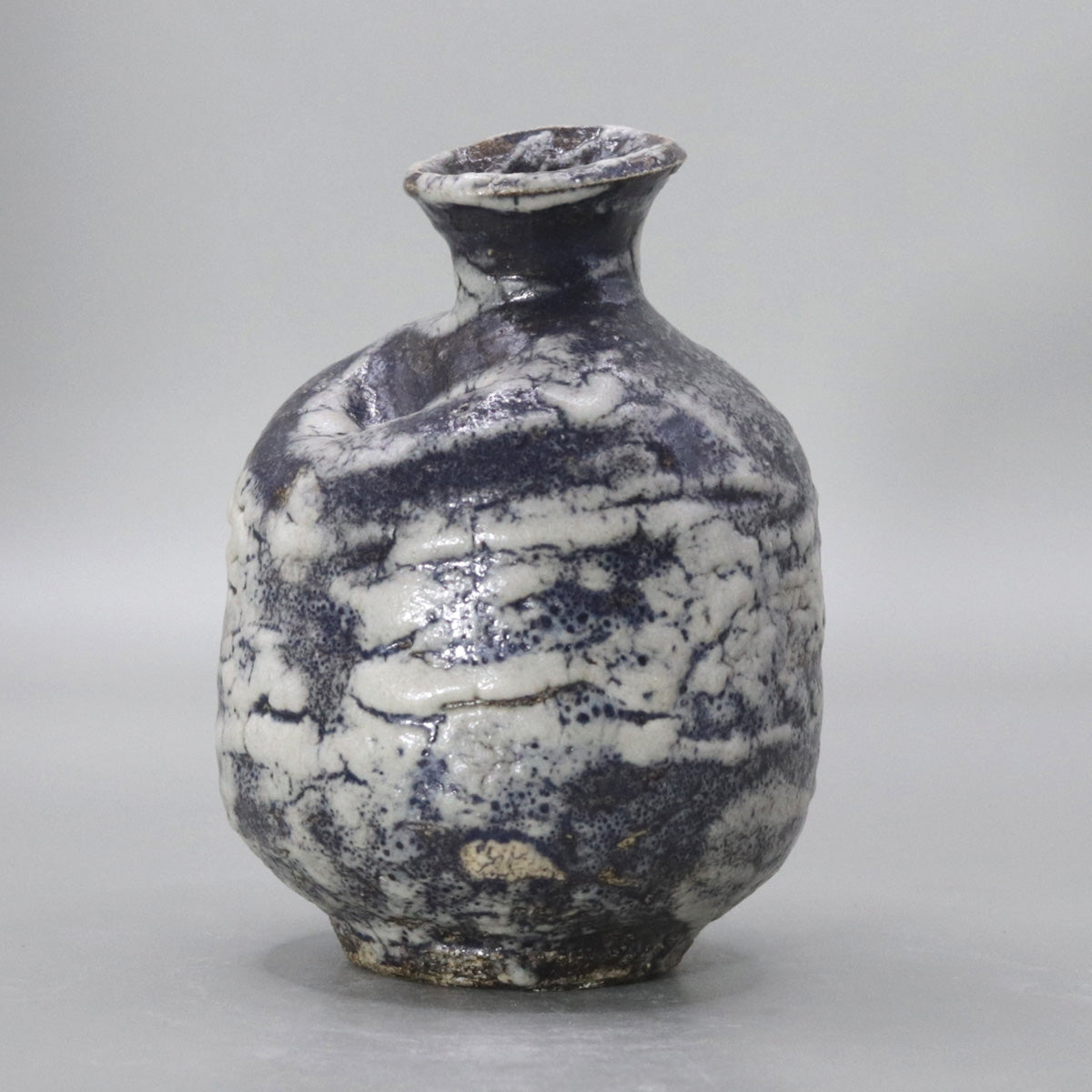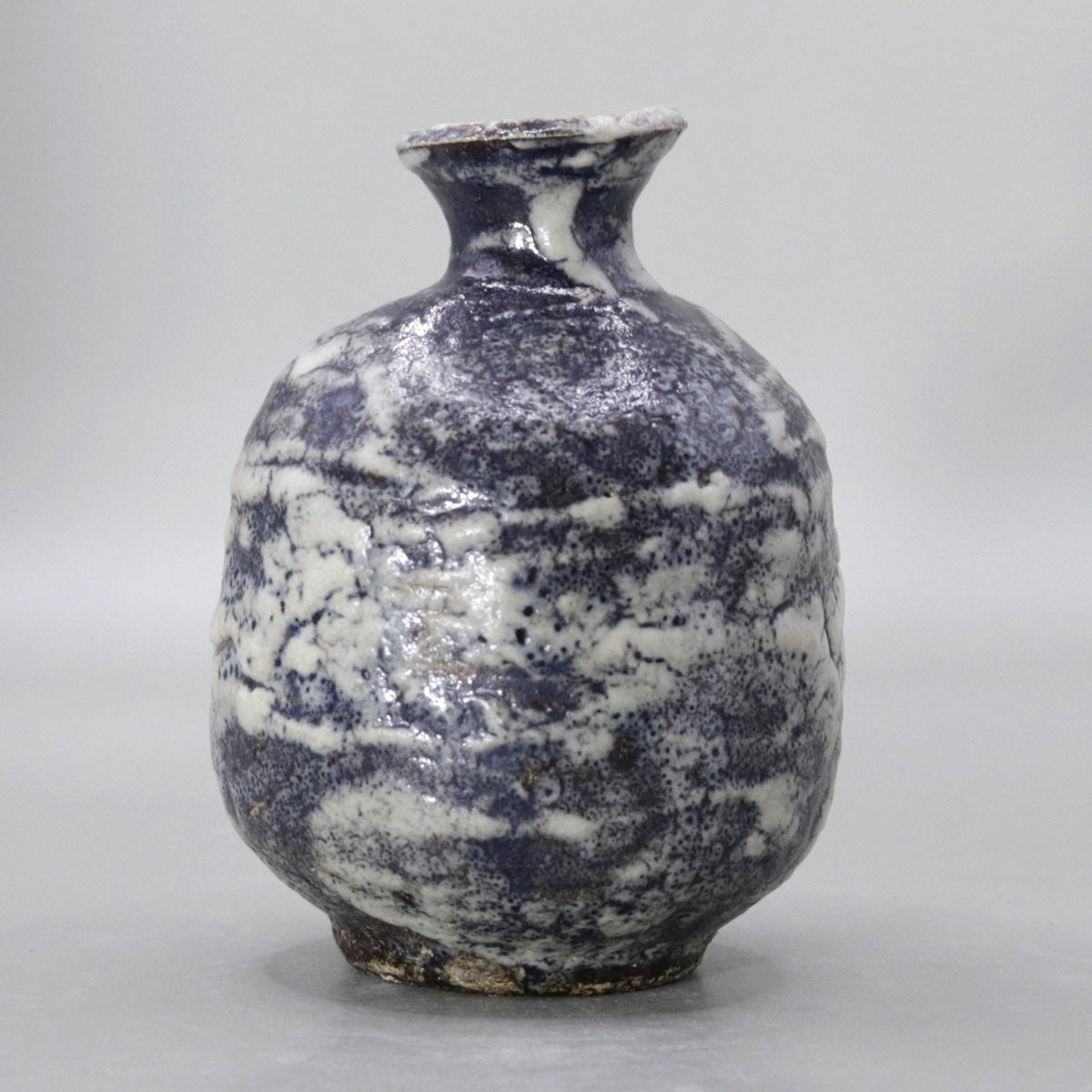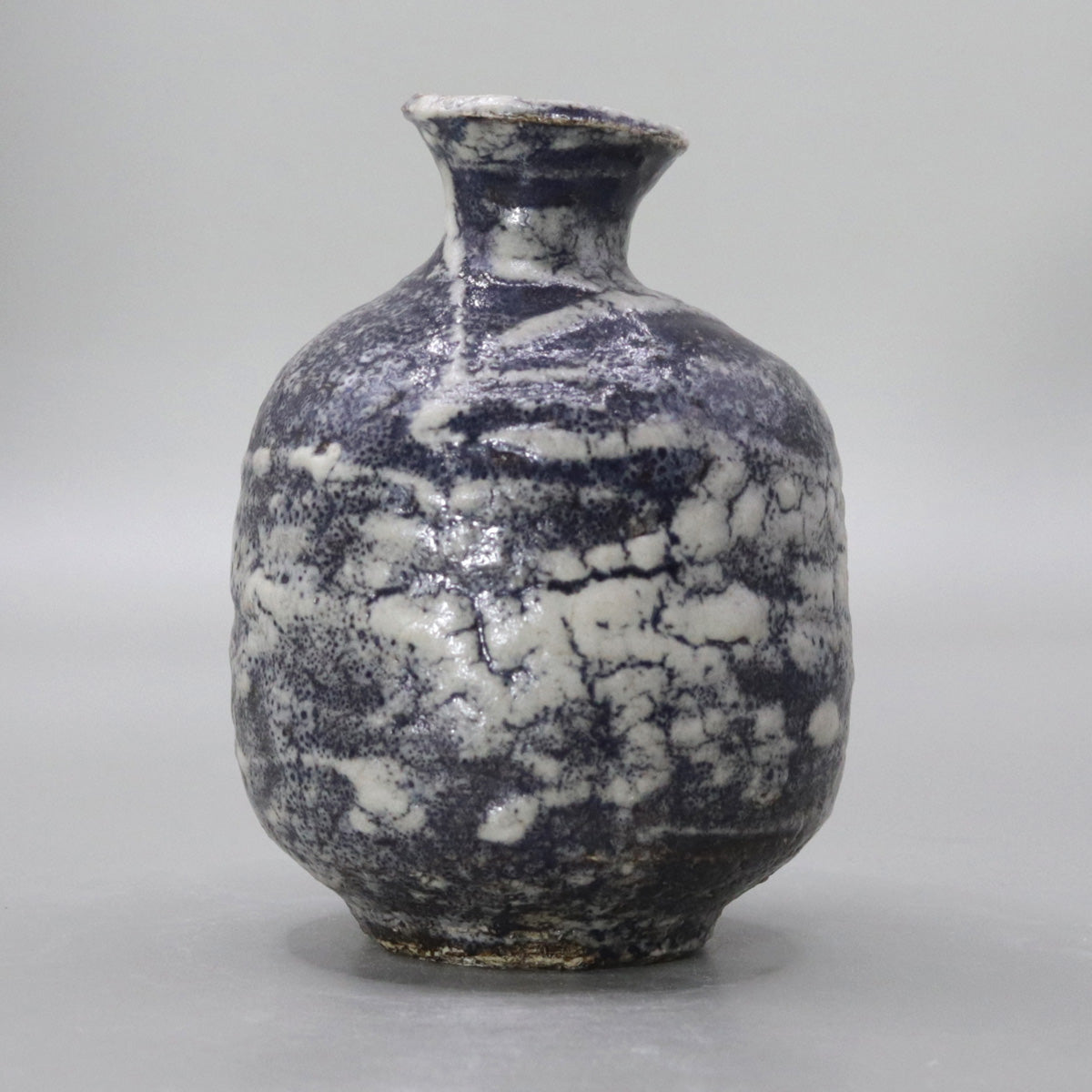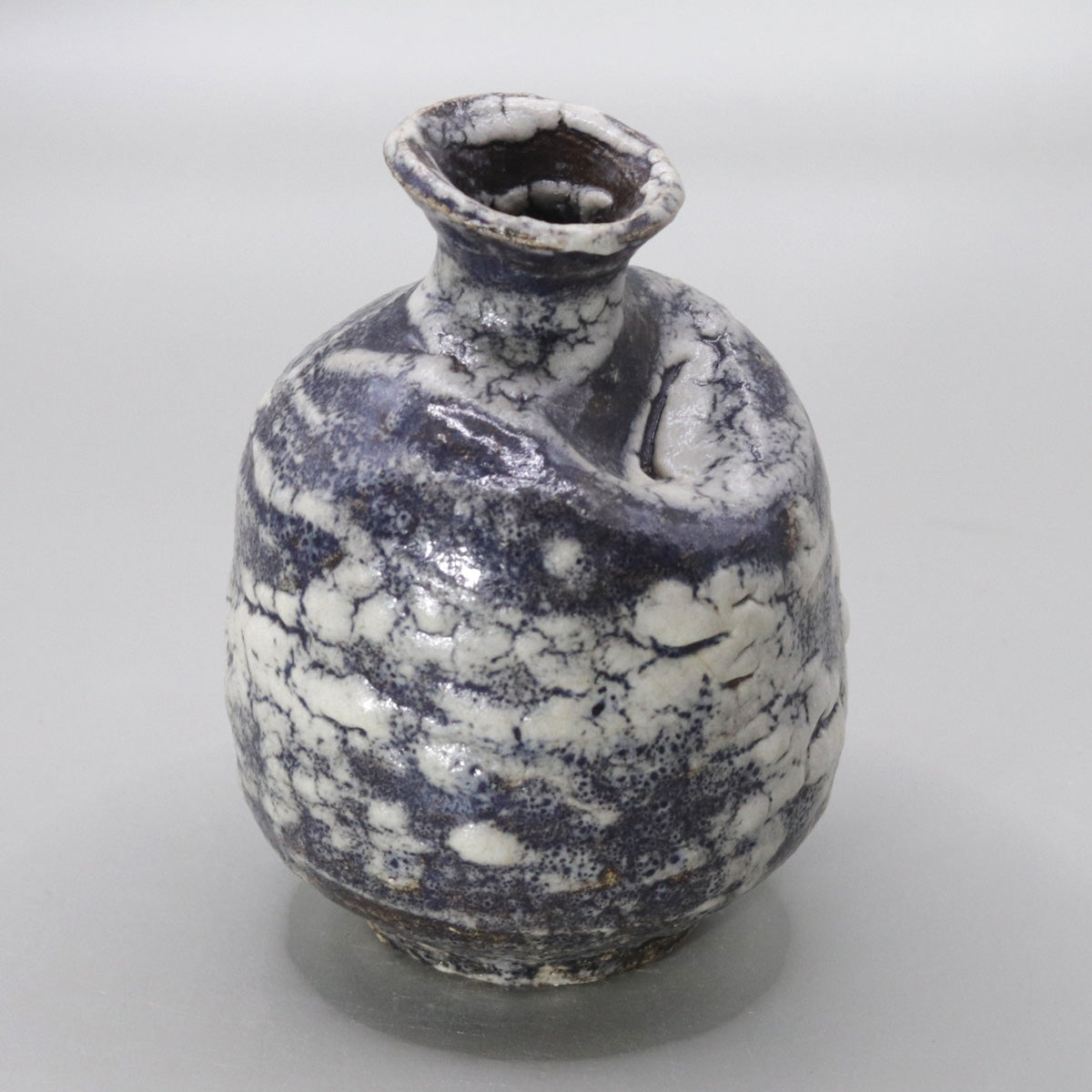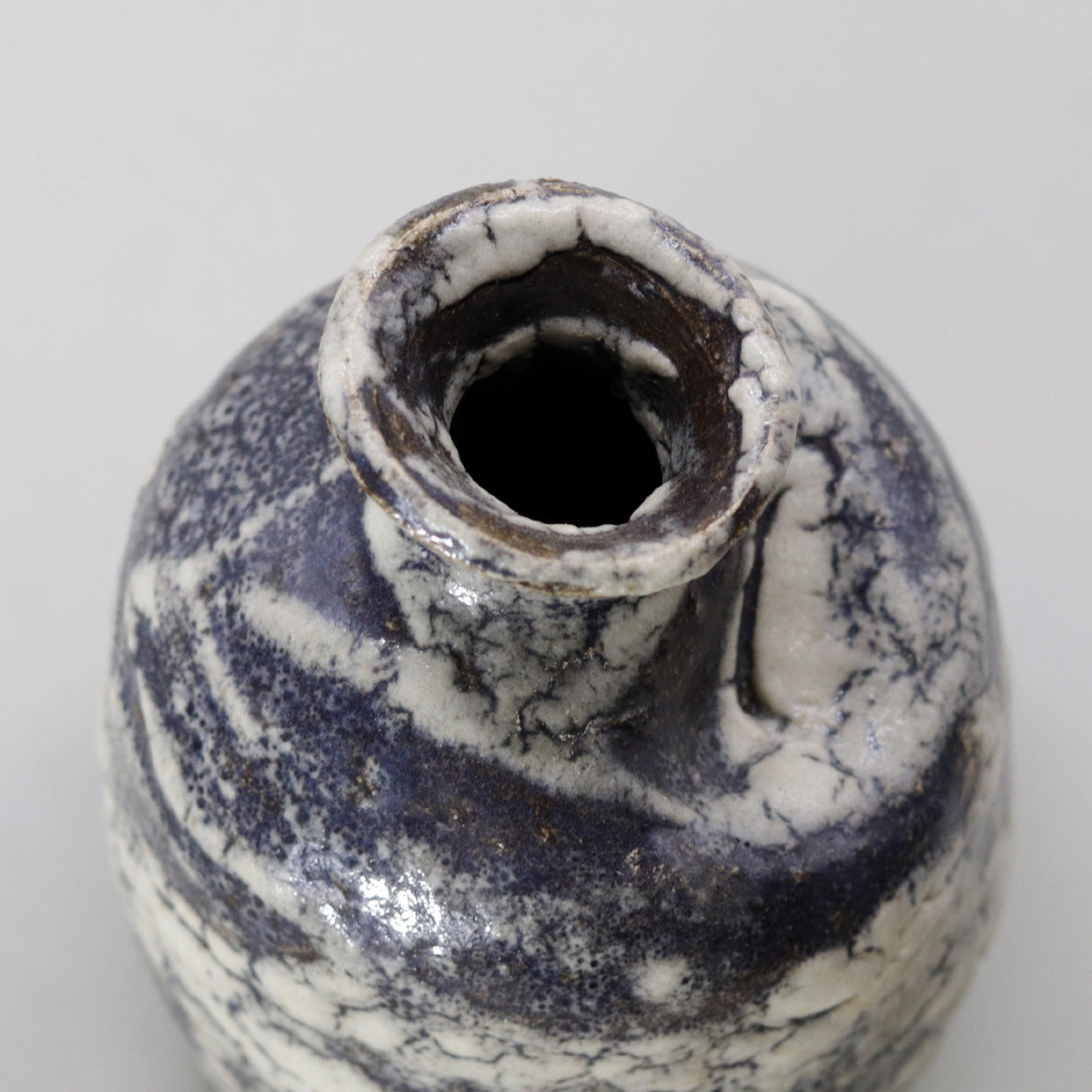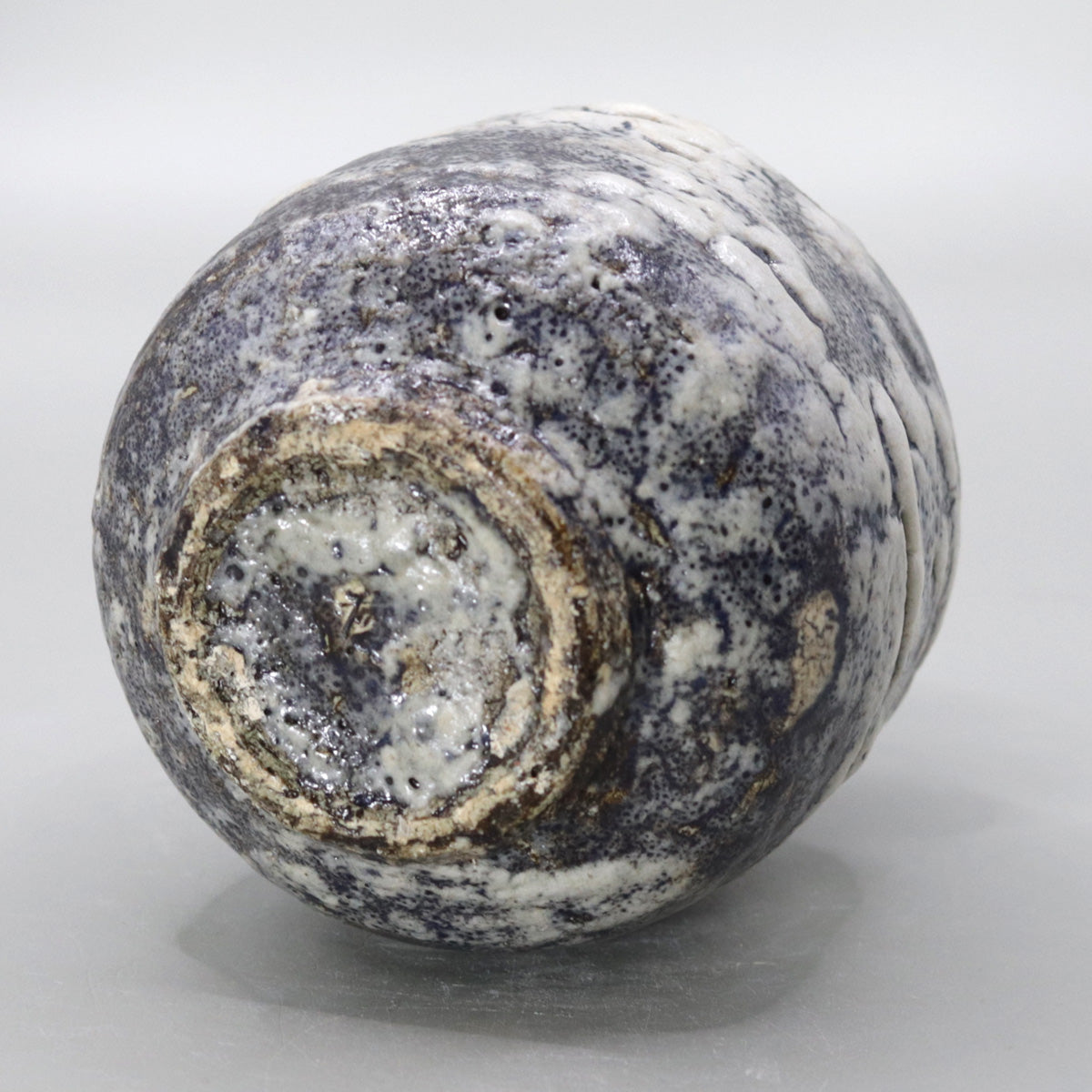Ash-glazed sake bottle by Okada Masaru
Ash-glazed sake bottle by Okada Masaru
Couldn't load pickup availability
Width: 9.3cm Height: 12.6cm
Ash-glazed sake bottle by Okada Masaru - "The snow-like surface of the straw ash cracks like lava, giving each sip of sake the ruggedness of the mountains and fields."
Overview of the Work
A thick layer of ash glaze is applied to the rough, rough clay, which shrinks vigorously during firing, turning into white crystal flakes that cover the surface of the vessel. The base material peeks through in places, and the contrast with the ink-gray color is reminiscent of the surface of rocks after melting snow. The rim is distorted to the very limit of its roughness, bringing the rustic charm to the forefront. When you pick it up, the uneven surface, reminiscent of the remains of a field burn, provides a pleasant sensation in your palm.
The appeal of ash glaze and "Kairagi"
A very thick layer of ash glaze, mainly made from straw ash, is melted in one go at a high temperature and then rapidly cooled. The glaze pulls on the base, shrinking and cracking, resulting in scaly white spots, a phenomenon known in tea ceremony ware as **kairagi**. This rugged sight is reminiscent of Iga and Shigaraki ware from the Momoyama period, and is truly an "abstract painting by nature." With continued use, the ingredients of sake seep into the gaps in the white spots, softening the dark blue ink color slightly and developing into a deeper landscape.
A look at history
From the Heian ash-glazed jars to the Momoyama Iga Onioke and on to modern ceramics - ash glaze is essential to talk about the dynamism of Japanese ware-making. Okada Masaru has combined the techniques of Gojozaka, Kiyomizu, Kyoto, with the firewood kiln flames of Sumiyama, Uji, to bring out the potential of ash glaze in its most primitive form, "Kairagi." No two pieces have the same wrinkles, and it's truly a map of once-in-a-lifetime encounters drawn by the kiln.
Conclusion
This ash-glazed sake bottle seems to reflect the surface of melting snow. When you hold it in your palm, the warmth of the rough surface and the smell of the earth rise up, and the sake poured speaks of time in the mountains. The more you use it, the more the white spots will absorb the bitterness, and the boundary between darkness and snow will blend deeply. Please keep it by your side for a long time, and drink sake with it every season.
Share
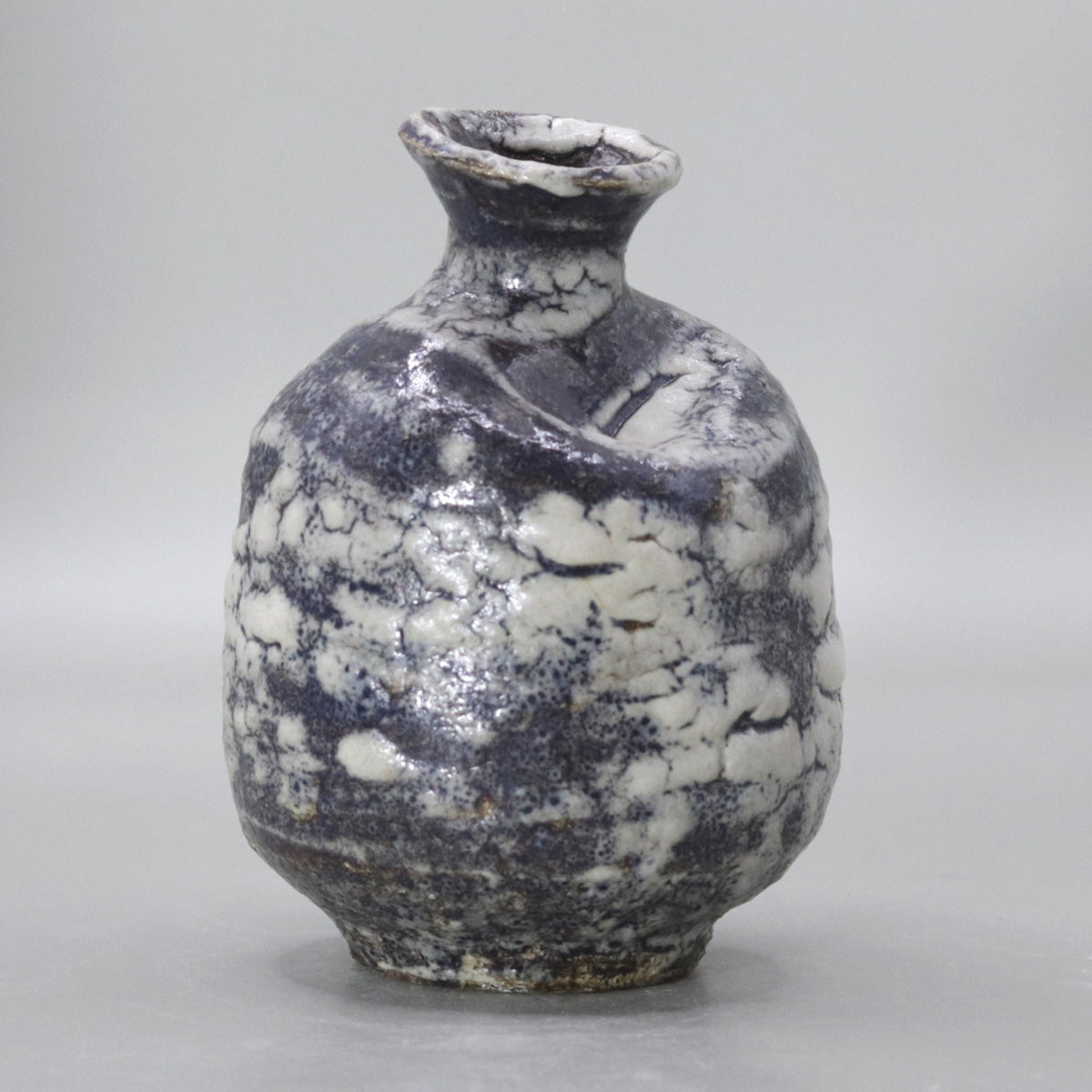
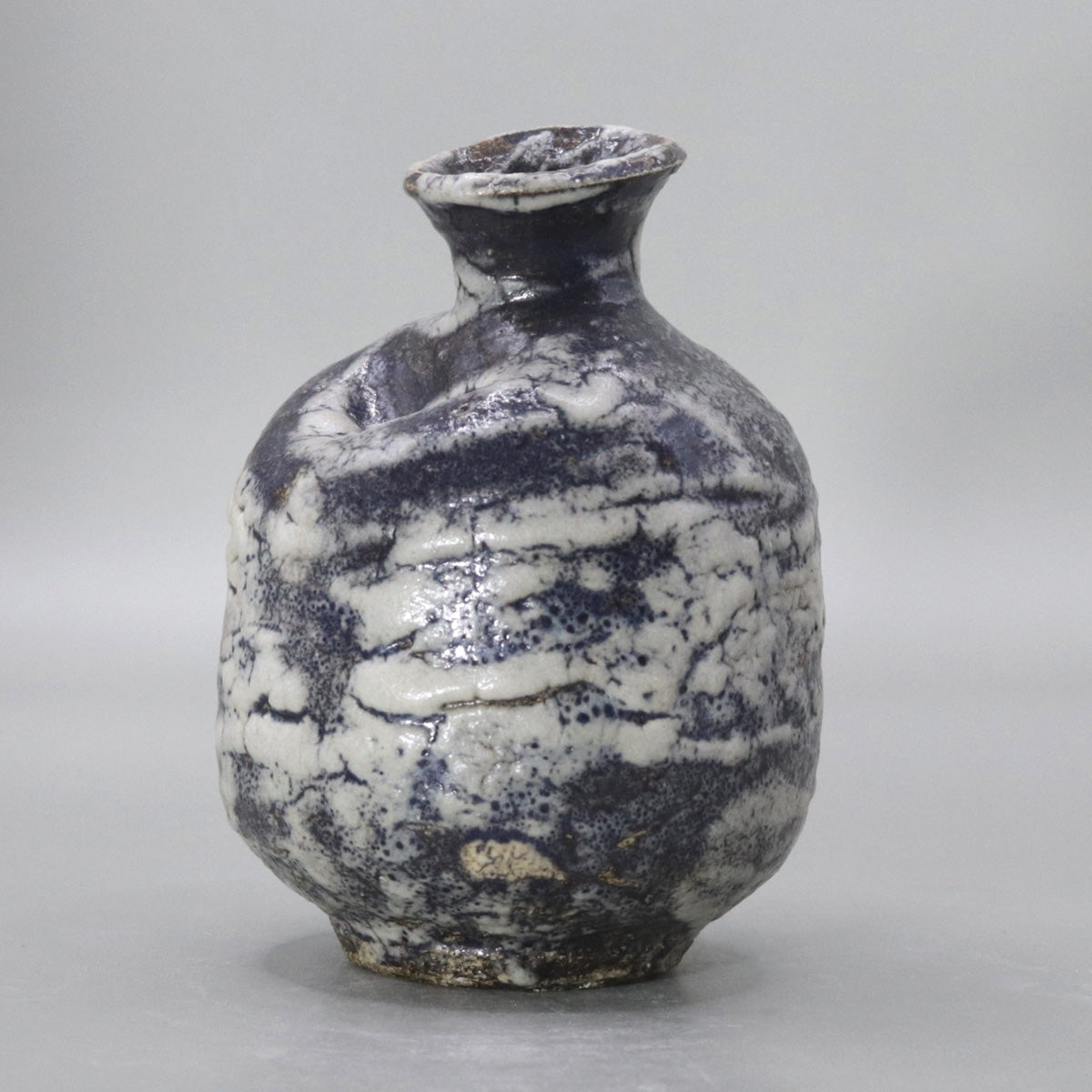
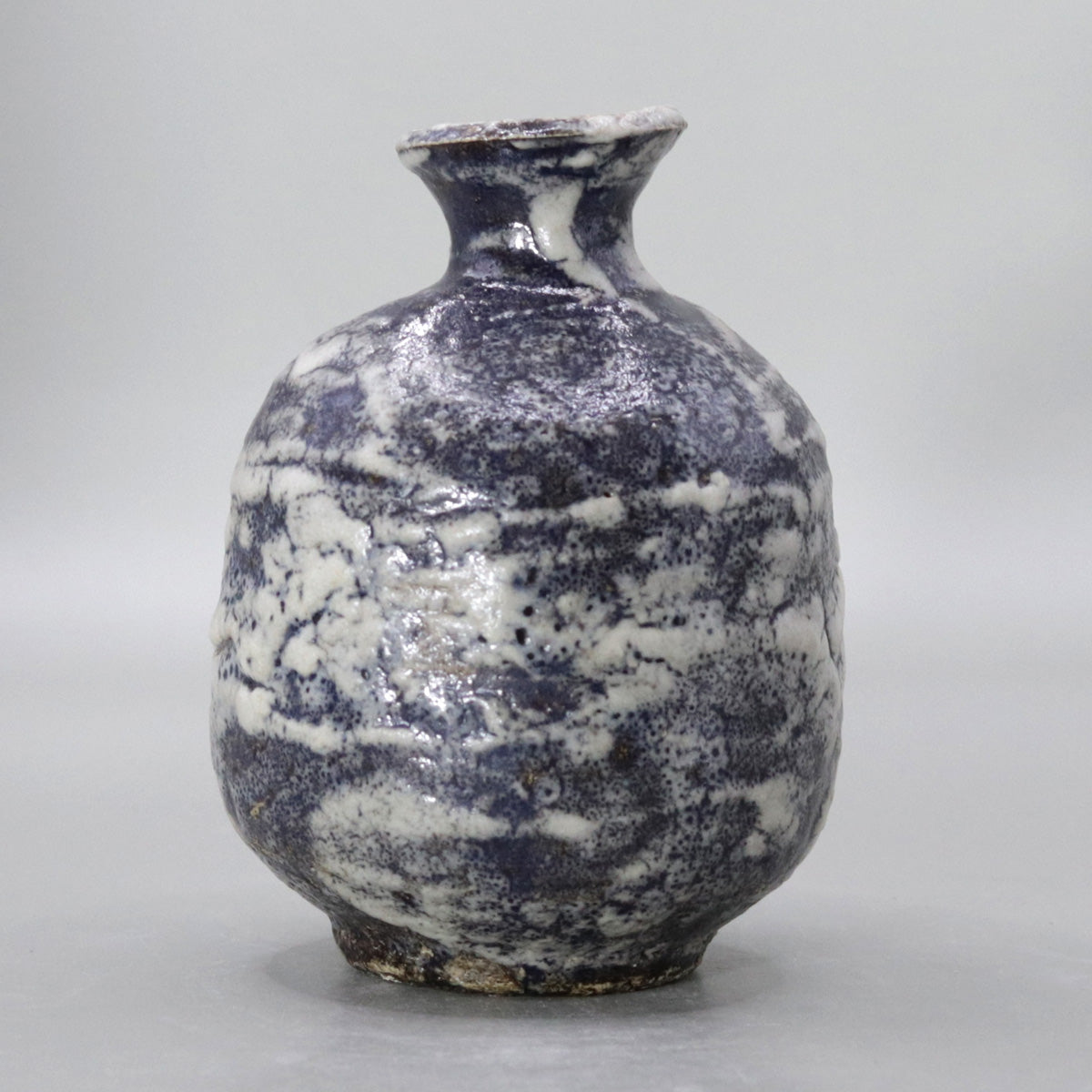
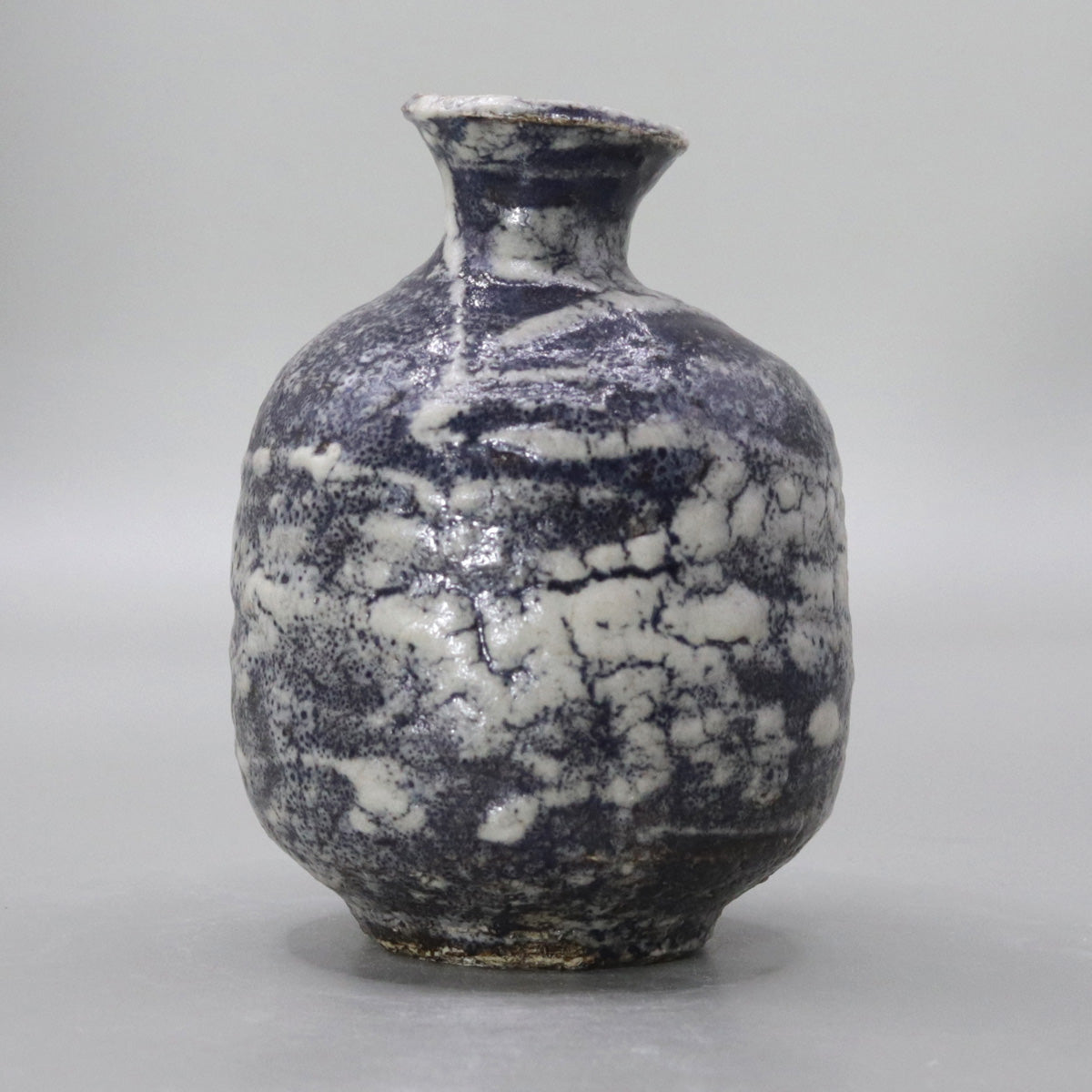
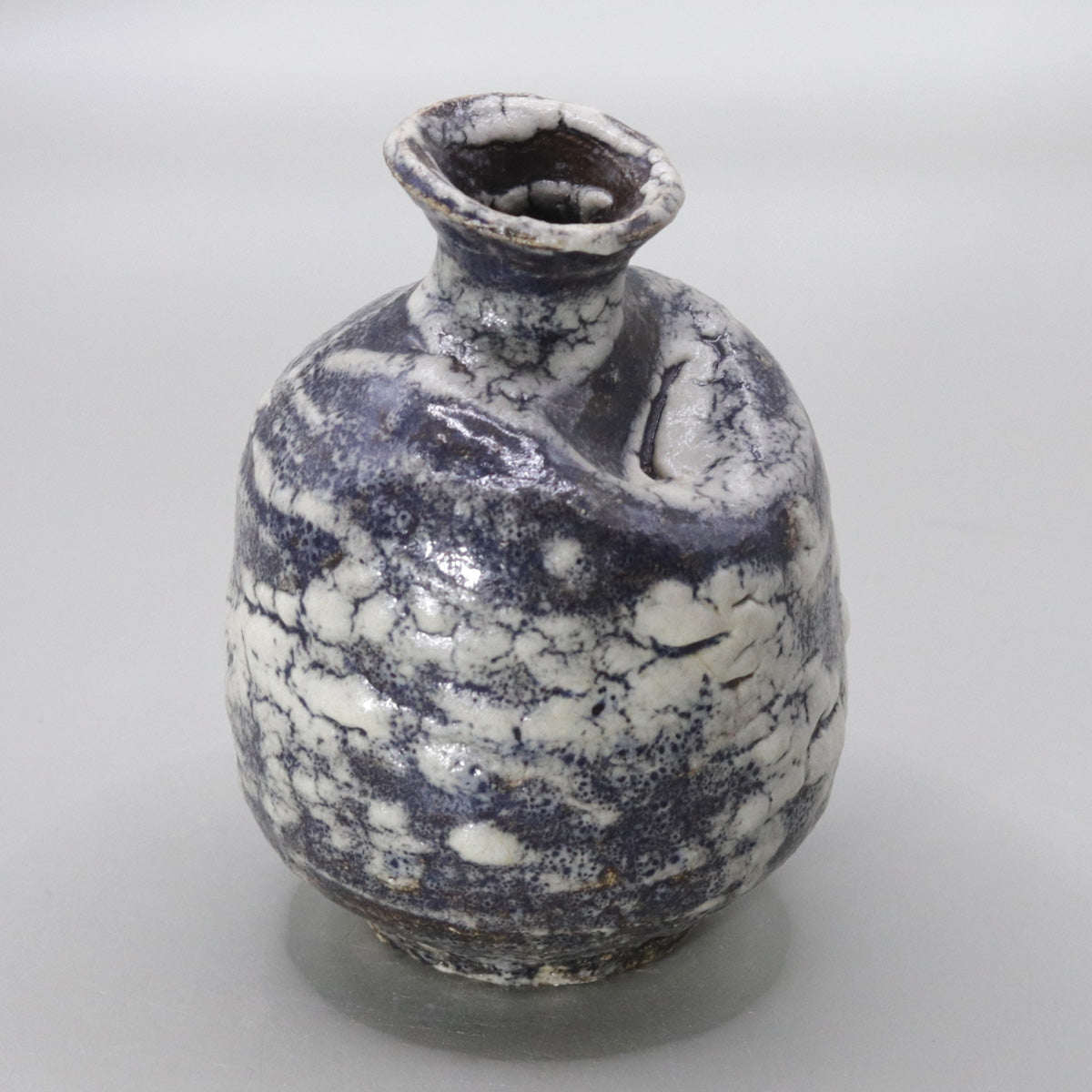
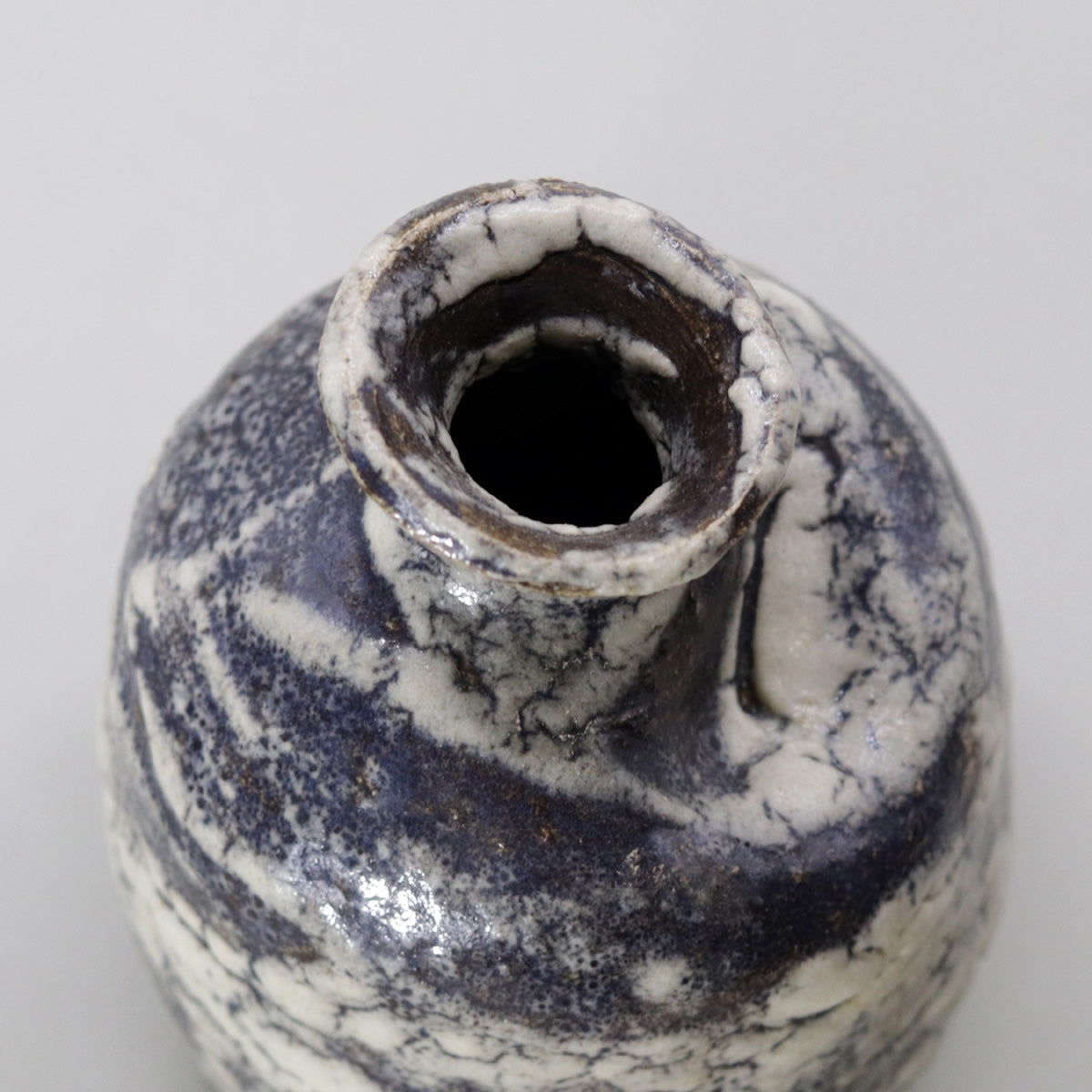
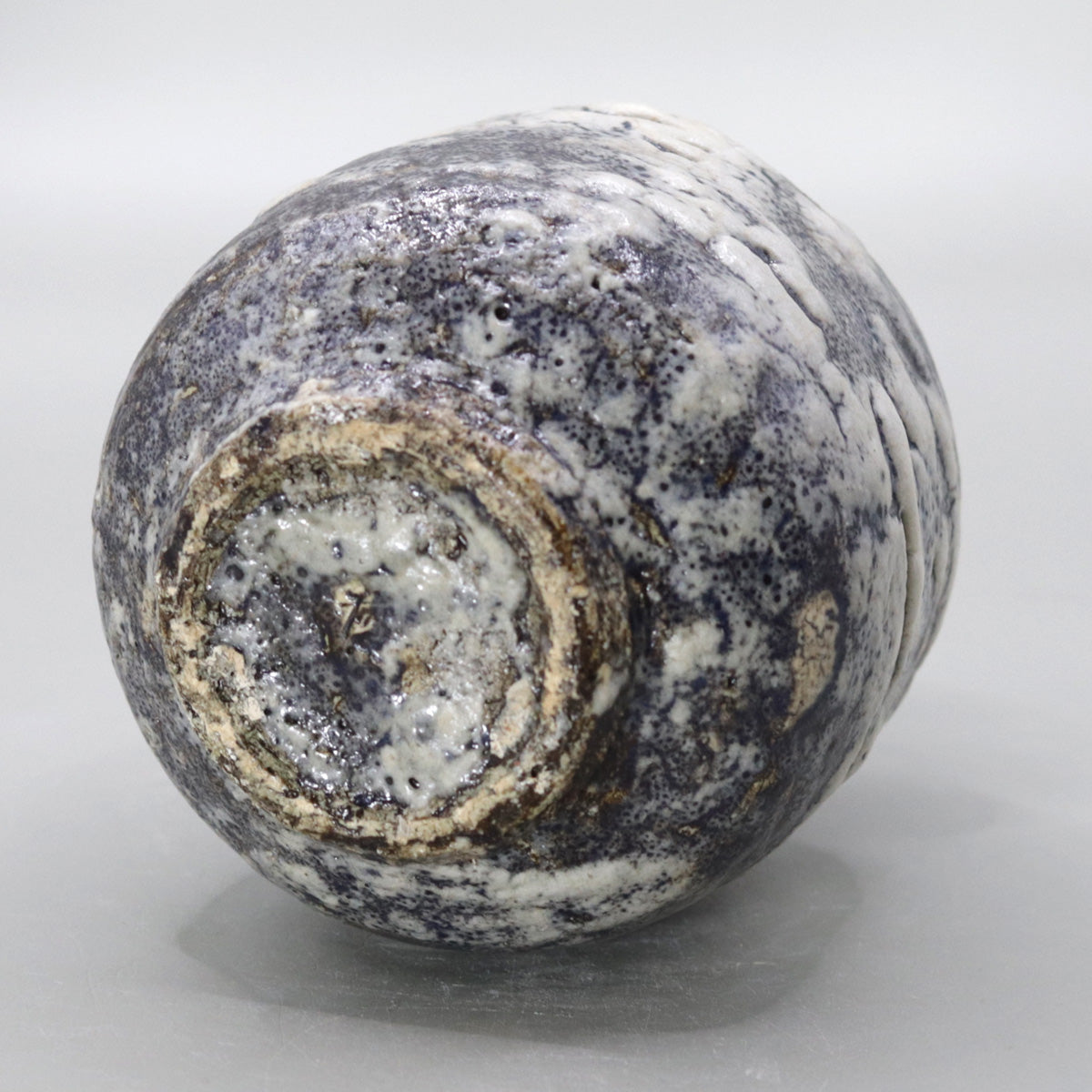
Multi-Column
-
[I will send it to you quickly and carefully]
We carefully package each product in a way that suits it best.
Also, delivery times vary depending on the piece (vessel, etc.).
Items that already come with a box will be shipped within 1-3 days of the order date.
For items that require a box to be made after your order, it will take approximately 30 days for production to be completed and then shipped.
In either case, once we have confirmed your order, we will contact you by email to inform you of the delivery date.
-
[Requests when purchasing pottery]
Even products that look the same may differ slightly in color, shape, size, etc.
The way the glaze is used, the power of the kiln, the firing method, the season, and the humidity also affect the appearance of the pottery.
Please understand the individuality of each piece of pottery and enjoy the unique warmth of handmade.

